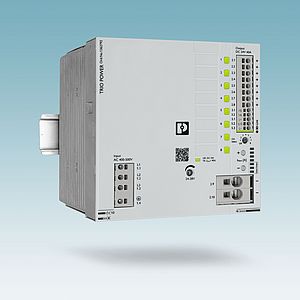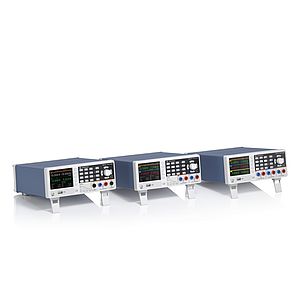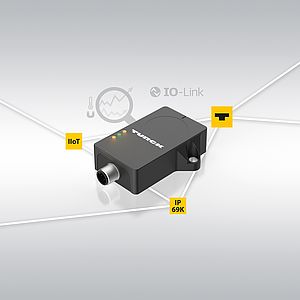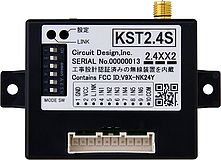In the global market for wind converters, nearly 80 percent of revenues in 2011 were attributed to utility-scale onshore projects, but is forecast to account for less than 70 percent of the total market by 2016 due to an expected decline in the United States wind market and the growth of the offshore wind industry, according to a recently released report on The World Market for Wind Convertersfrom IMS Research.
"As sales in the U.S. accounted for nearly 20 percent of the global wind converter market in 2011, expiration of Production Tax Credits (PTCs) strengthens the trend towards offshore wind production," according to analyst Jared Kearby. The tax credit expiration generally occurs every two to four years, with significant delays on the policy's renewal during presidential election years. In addition, the increased investment into offshore wind energy production will shift market share from the onshore wind converter market.
The offshore wind converter market accounted for only 4 percent of sales in 2011 but continues to grow as more countries adopt offshore wind incentive policies and allow bidding of offshore sites for the development of wind farms. The UK, Germany, and Denmark have strong incentive and tariff programs for offshore production while several countries, including the United States, France, India, Taiwan, and Japan, are likely to have offshore wind-farms in service within the next five years. Overall, the offshore utility-scale wind converter market growing the fastest at a 32 percent average annual growth rate from 2011 to 2016.
However, on a global scale grid connectivity issues need to be resolved in the utility scale market, which in the meantime is shifting investors towards the small and community scale wind converters that rely more on distributed wind applications. The small wind converter market will benefit from the feed-in tariffs in countries such as the U.K., Portugal, Switzerland, Denmark, Italy, US, Japan and Australia with a forecast $9 million sales increase from 2011 to 2016.
Wind converters are an integral component of wind energy production and will become an increasingly important as grid code requirements become stricter in countries such as China, India, Germany, Spain and the United States. In addition, government support mechanisms and renewable energy standards related to wind energy will also drive the total market for wind converters to nearly $2.6 billion by 2016.
Onshore Wind Converter Market to Encounter Turbulence
Expected decline in the United States wind market
- September 4, 2012
- 468 views






















































